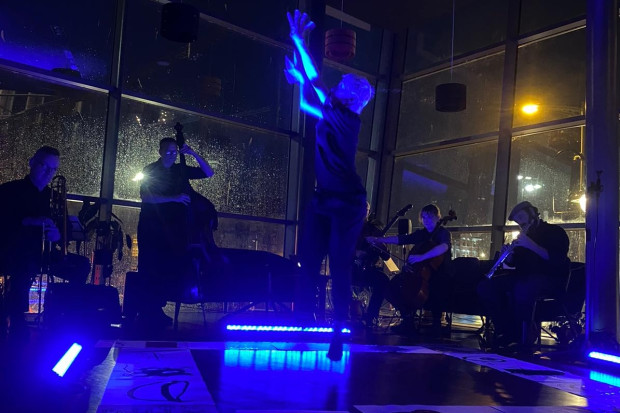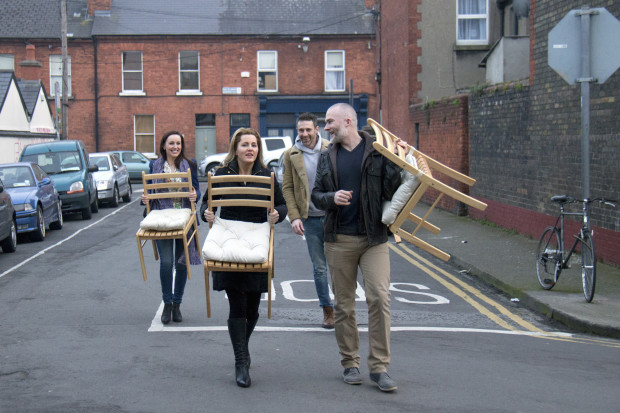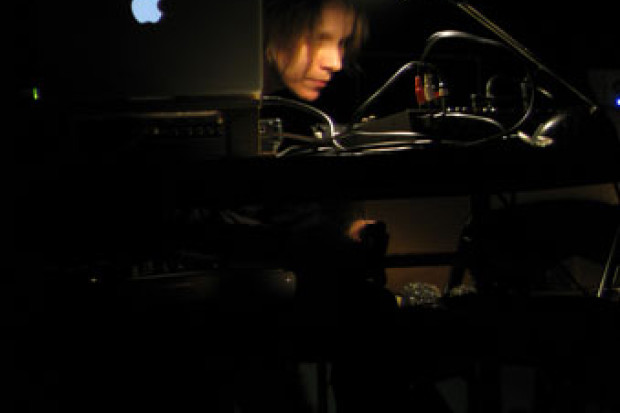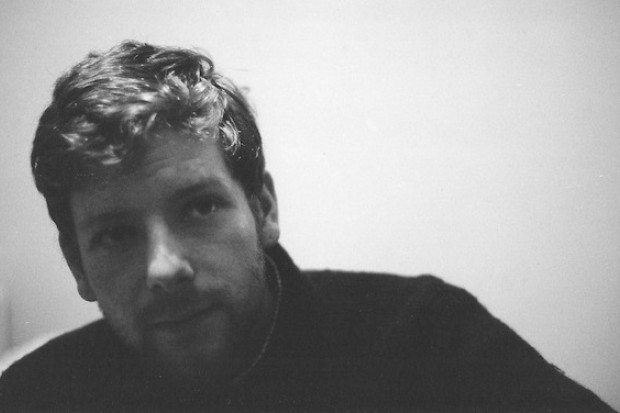Live Reviews: i-and-e
Most concert-goers will have noticed that what had seemed a very enjoyable experience at the time can sometimes leave almost no trace in the memory. It can be disconcerting, as you stand at the bus stop, to realise that your thoughts have completely wandered from the two-hour musical event you left thirty minutes ago. A few days after this year’s i-and-e festival, I found myself wondering if, instead of going directly to my notes, I should not ask myself what had really lingered in the memory.
The highly disciplined but unpredictable percussion of the Swede Erik Carlsson certainly lingers. This could involve almost obsessive repetitive patterns, an intense puzzling over a particular resonance, or a counterpoint of speedy jingling with slower, deeper, softer notes. Near-mathematical poly-rhythmic precision could suddenly accelerate to dramatic effect, based on intensity rather than volume. Carlsson, working largely with gongs and small bells, was first heard in the Swedish/Irish Chip Shop Music alongside his quietly impressive partner in poetic precision, saxophonist Martin Küchen, and Irish players (and festival organisers) David Lacey and Paul Vogel. On drum kit, Lacey’s spare, intuitive approach nicely complemented Carlsson’s, while Vogel (almost literally) cooked up throbbings and hummings with his pots, glass vases, speakers and laptop. Vogel also tossed an eruption of piano sounds into what had been a quiet pool, triggering a set of imaginative recuperating manoeuvres and responses that transformed the performance from a single seamless movement into an extended sequence of almost autonomous phases. The two Swedes were also well matched with Axel Dörner, who can (in a spirit of somehow genial introversion and without electronic distortion) do everything imaginable (and many things unimaginable by the rest of us) on his trumpet. In this case, as well as a few reassuringly fat sounds – Dörner’s recent taste has run to the super-slim – he produced one astonishing sequence, as if the trumpet sound were coming across wide, echoey space.
A few other impressions: Kai Fagaschinski’s precisely calibrated, minimalist clarinet etudes; the unfortunate disconnect between the sine wave track supplied by the elusive guitar maestro Giordai Ó Laoghaire and the (in itself well-executed) minimalist sound exploration of the Quiet Club (Mick O’Shea and Danny McCarthy); Roy Carroll’s discreet electronic backing to Paul Vogel’s gurgling clarinet; with his array of electronica, mikes, turntables, Jason Lescalleet’s multi-layered, sometimes grinding, always expansive response (like a big American painting, my sister said) to the Unitarian Church space; and, after a period of direction finding, the later, edgier stages of fresh-spirited Belgian veteran Fred van Hove’s organ work in the Peppercannister Church.
For visitors with the patience and curiosity to explore it, i-and-e had laid out another surprisingly diverse musical landscape – more Burren than Vale of Avoca.
Published on 1 May 2008
Barra Ó Séaghdha is a writer on cultural politics, literature and music.













